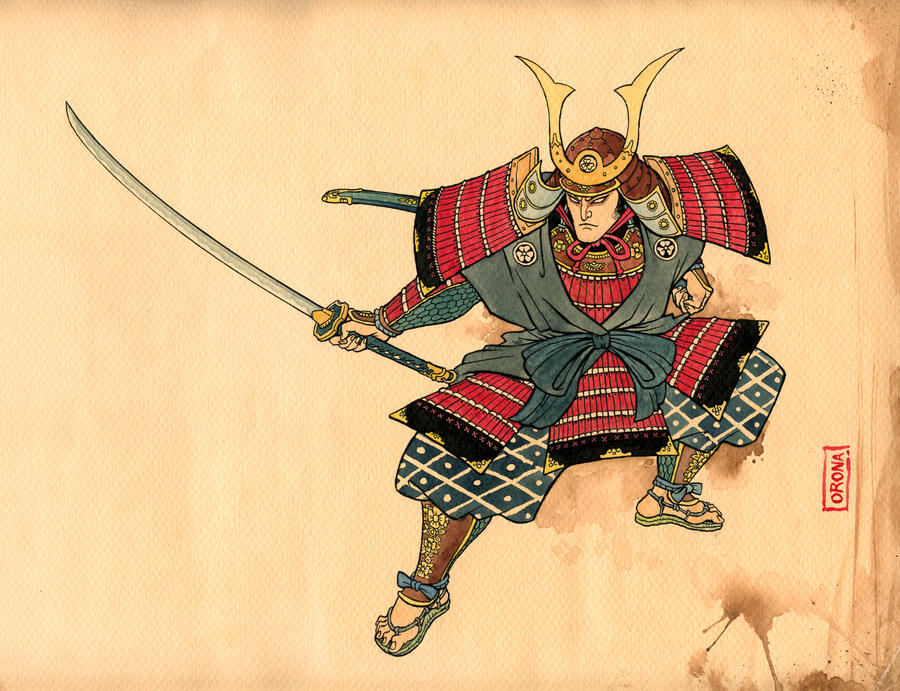
Today, the ceremony may be performed in a specially designed room in a private house, in a tea house within a private garden, in a designated complex of rooms in the workplace, or in a public tea house.
A full tea, or Chaji, involves a meal and the serving of two different types of tea and can last for four hours, but shorter, simpler teas can be served to suit individual occasions. Some alternative teas to use in these ceremonies include Genmaicha, Kukicha and Hojicha (all very popular Japanese teas). Ceremonies are held to honour special guests, to celebrate particular occasions such as the blossoming of the cherry trees in Spring, to admire the full moon, or simply to gather together a few friends.
For each occasion, the flowers, vase, wall hangings, and tea wares are chosen carefully to suit the event, the time of year, and the desired atmosphere...

When the guests arrive, they are not greeted at the door by their host or hostess, but are guided through a series of open doors to a waiting room. Here they are served a small porcelain cup of hot water taken from a kettle in the tearoom as a foretaste of the water to be used in the tea making. They then make their way quietly and calmly into the garden and are met halfway at a gate by the host or hostess, who opens the gate and silently greets them with a bow. This gentle passage through the garden represents a breaking of ties with the everyday world and allows a clarifying of the senses through the enjoyment of the sweet sound of trickling water and birdsong, and the visual pleasure of trees, plants, and blossoms. Nearby stands a stone lantern to light the path when evening falls. The guests pause to cleanse their hands and mouth with water from a stone basin of running water.
The entrance to the tea room is so low that everyone must stoop to go through - a symbolic gesture of humility - and once inside, guests spend a few minutes admiring the kettle, the scrolls decorating the walls, and the flowers. They then kneel on tatami (rice straw) mats, sit back on their heels, and watch while their host performs the ceremony of the lighting of the charcoal fire. A meal of fine foods and saki is then served but although this can last for more than an hour, it is not the main event but merely a preparation of the body for the tea that is to come. After eating, the guests step back outside into the garden while the tearoom is freshened ready for the tea brewing ceremony. They then return inside and spend the next forty five minutes sharing a bowl of green tea (usually upper-end teas, such as Gyokuro, Sencha, or Matcha). A sweet cake made with bean curd is served and is eaten with little wooden picks that each guest has brought to the ceremony.

By this time, the fire has burnt low and the host or hostess performs a different fire-lighting ceremony and waits, while conversation continues, for the kettle to boil for a second time. Individual bowls of thin watery tea are then prepared and served to each guest in turn, again accompanied by little dainty sweets. Once this is over, final greetings are exchanged and everyone leaves.
Because the Tea Ceremony involves an understanding and appreciation of a complex combination of sensual and spiritual elements, the training to become a Tea Master is long and demands complete commitment. A student can learn enough of the basic movements and rituals to create a tea after three years or so of dedicated study, but becoming a true Tea Master is a lifetime's work and the training process is never really completed.
Because there are so many ways of creating a tea, and because the ceremony involves almost every aspect of Japanese life - architecture, history, food, craft, art - a student must bring to his or her training all the knowledge and skills learned and developed in everyday life as well as human qualities such as sensitivity, awareness, skills of communication.
Although the study is long and demanding, it is also fun and very rewarding... And whatever style of tea a host or hostess creates, each tea occasion links the people taking part to a continuous chain of 885 years of tea history.













